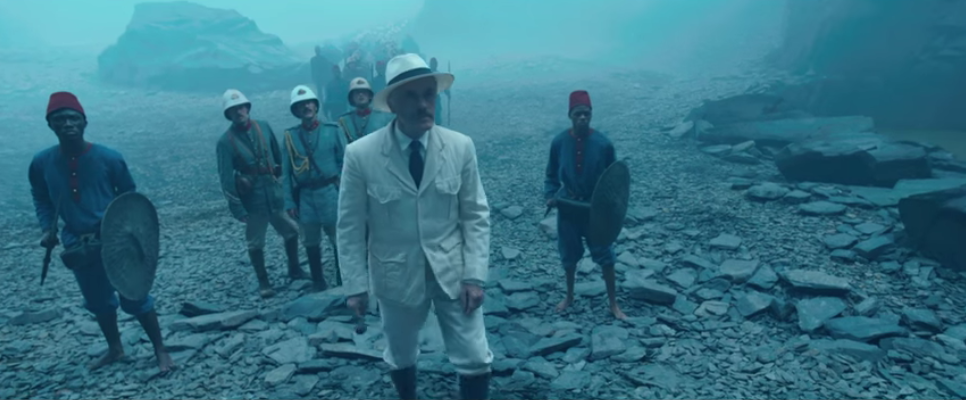The Legend of Tarzan Trailer Can’t Hide Its Colonial Roots
But can it salvage them?

Harry Potter and Fantastic Beasts director David Yates is adapting Edgar Rice Burrough’s iconic character with Alexander Skarsgård, Margot Robbie, Samuel L. Jackson, Christoph Waltz, and Djimon Hounsou. This new version seems a lot darker than the Disney adaptation, and closer to the source material. Here’s the synopsis:
The film begins years after the man once known as Tarzan (Skarsgård) left the jungles of Africa behind for a gentrified life as John Clayton III, Lord Greystoke, with his beloved wife, Jane (Robbie) at his side. Now, he has been invited back to the Congo to serve as a trade emissary of Parliament, unaware that he is a pawn in a deadly convergence of greed and revenge, masterminded by the Belgian, Captain Leon Rom (Waltz). But those behind the murderous plot have no idea what they are about to unleash.
I have to say, while I try to avoid judging a movie by its trailer, I’m a bit cautious about the Tarzan trailer. Burroughs’ Tarzan novels in the first half of the 1900s were wildly popular, but definitely indicative of the time period–specifically in portrayals of gender and race. That’s not to say there weren’t some moments critical of the “civilized” western society, but many of the colonial attitudes wouldn’t hold up well in a modern adaptation.
The beginning of the trailer opens with a foggy view of the Congo, the tribe led by Hounsou’s Mbonga, and Christoph Waltz as the narration ominously states:
The jungle consumes everything. It preys on the old, the sick, the wounded. It preys on the weak, but never the strong.
The image of the river, the personification of the jungle, and the sinister tone reminds me a lot of Joseph Conrad’s Heart of Darkness, and not in a good way. Like Conrad, Burrough’s book played on notions of primitivism and the jungle as a source of fear. Intended or not, there’s an existing stereotype and damaging tradition that the film plays with, in which Africa is painted as a savage, prehistoric, and unearthly place. Chinua Achebe explores this in “An Image of Africa,” calling the fictional Africa a “metaphysical battlefield devoid of all recognizable humanity, into which the wandering European enters at his peril.” To be fair, the uncanny, mystical aspect is somewhat unavoidable with human-like gorillas. Additionally, the backdrop of colonial guns versus a tribe with spears are ringing a few warning signs. An important thing to note is that even if these texts are ultimately critical of colonial violence, they can still perpetuate really harmful and racist images.
By putting Tarzan in both Europe and African, the film already sets a contrast between two civilizations. I only hope that Yates and the creative minds behind The Legend of Tarzan challenge these earlier representations, or at least had the sense not to repeat them in 20freaking15 (or 16, since that’s when it actually comes out). The cast looks great, and I always adore villanous Christoph Waltz, so I won’t write the film off just yet. What do you think about the trailer?
(via Nerdist)
—Please make note of The Mary Sue’s general comment policy.—
Do you follow The Mary Sue on Twitter, Facebook, Tumblr, Pinterest, & Google +?
Have a tip we should know? tips@themarysue.com